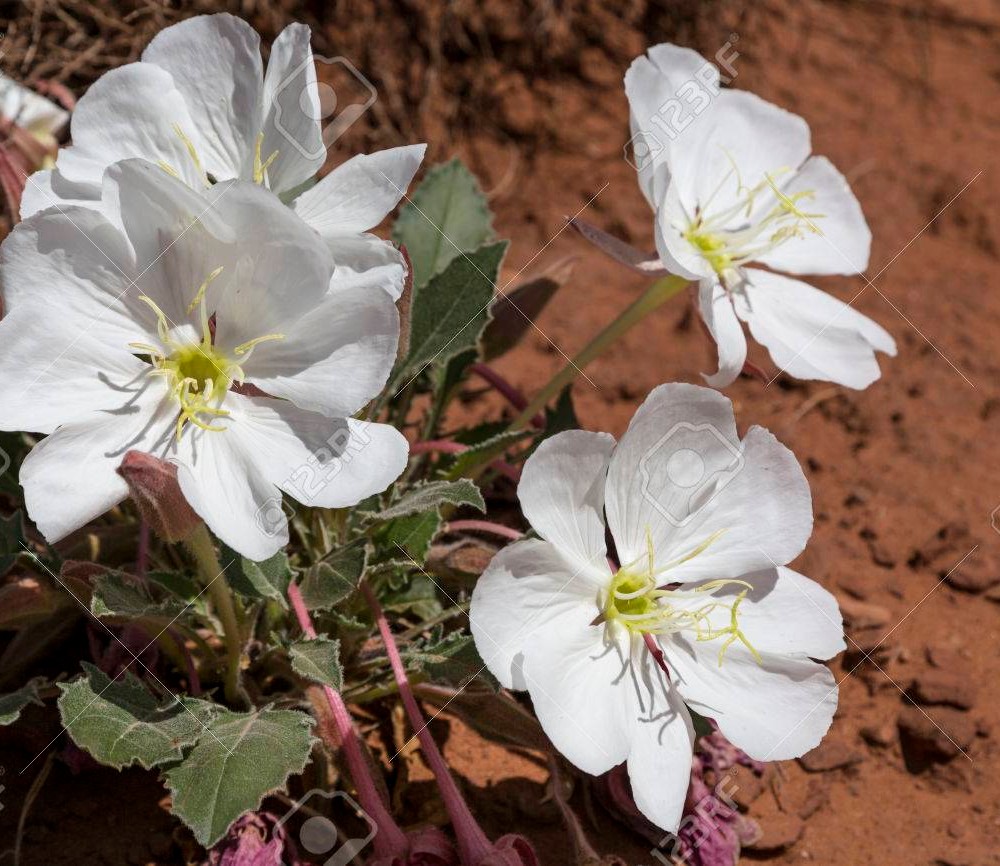Willowherb
(Epilobium subdentatum)

Description
Epilobium subdentatum, commonly known as willowherb or dwarf fireweed, is a herbaceous perennial plant belonging to the family Onagraceae. This plant is native to North America and can be found in a variety of habitats, including wetlands, meadows, and mountain slopes. Epilobium subdentatum is known for its delicate pink flowers, narrow leaves, and its ability to adapt to various environmental conditions. In this article, we will delve into the botanical characteristics, habitat, distribution, uses, and conservation status of Epilobium subdentatum. Botanical Characteristics Epilobium subdentatum is a compact plant that typically reaches a height of 15-60 centimeters. It has a fibrous root system and multiple erect stems that arise from a basal rosette. The stems are slender and often reddish in color, providing an attractive contrast to the pink flowers. The leaves are lance-shaped and can vary in size, ranging from 2 to 10 centimeters in length. The leaf margins are serrated, giving rise to the specific epithet "subdentatum." The flowers of Epilobium subdentatum are small and arranged in dense, terminal clusters known as racemes. Each flower has four petals, typically pink in color, although occasionally they may be white. The blooms have a pleasant fragrance and attract various pollinators, including bees and butterflies. After pollination, the flowers give way to cylindrical seed capsules that contain numerous tiny seeds, aiding in the plant's dispersal. Habitat and Distribution Epilobium subdentatum is a remarkably adaptable species that can thrive in a wide range of habitats. It is commonly found in wetland areas, such as marshes, fens, and stream banks, where it benefits from the moist soil conditions. It also occurs in meadows, open woodlands, and along the edges of forests. Epilobium subdentatum has been observed growing at elevations ranging from sea level to subalpine regions. This plant is native to North America, with its distribution extending from Alaska and Yukon in the north to California, Arizona, and New Mexico in the south. It can also be found in eastern parts of the continent, from Manitoba and Ontario to Newfoundland and Labrador. Epilobium subdentatum has exhibited some invasive tendencies in certain regions, such as in parts of Europe and New Zealand, where it has been introduced. Ecological Significance Epilobium subdentatum plays a crucial role in supporting biodiversity within its native habitats. The plant provides a valuable food source for various pollinators, including bees, moths, and butterflies. These insects rely on the nectar produced by the flowers, while some also collect pollen. In turn, these pollinators aid in the plant's reproductive process by facilitating cross-pollination. Additionally, Epilobium subdentatum serves as a host plant for the caterpillars of several butterfly species, including the fritillary butterfly (Boloria spp.). These butterflies lay their eggs on the leaves of the plant, and the resulting caterpillars feed on the foliage, thus establishing an intricate ecological relationship. The dense foliage and the presence of the plant in wetland habitats also contribute to erosion control and water quality improvement. Uses and Benefits Epilobium subdentatum has been utilized for various purposes by indigenous cultures and traditional healers. The plant's leaves and young shoots were often consumed as a salad vegetable or cooked as a potherb, providing a source of nourishment. In addition to its culinary applications, Epilobium subdentatum has also been employed for its medicinal properties. The plant contains several compounds, including tannins, flavonoids, and phenolic acids, which are believed to have therapeutic effects. Traditionally, Epilobium subdentatum has been used as a herbal remedy for ailments such as digestive disorders, urinary tract infections, and skin conditions. It has been reported to have diuretic, anti-inflammatory, and astringent properties. The leaves of the plant are often brewed into teas or decoctions, which are then consumed to alleviate various symptoms. Research into the medicinal properties of Epilobium subdentatum is ongoing, and some studies have shown promising results. For example, certain compounds extracted from the plant have demonstrated antioxidant and antimicrobial activities in laboratory experiments. These findings suggest that Epilobium subdentatum may have potential as a natural source of therapeutic agents for the treatment of certain diseases. Conservation Status and Threats While Epilobium subdentatum is currently not considered a globally threatened species, certain local populations may be at risk due to habitat loss and degradation. Wetland drainage, urban development, and agricultural activities have resulted in the destruction of natural habitats, limiting the plant's ability to thrive in its preferred environments. Additionally, invasive species and changes in land management practices can also pose a threat to Epilobium subdentatum populations. To ensure the long-term survival of Epilobium subdentatum, conservation efforts should focus on preserving and restoring its native habitats. This includes protecting wetlands, meadows, and other natural areas where the plant occurs. Raising awareness about the importance of this species and its ecological role can also contribute to its conservation. Furthermore, further research is needed to better understand the plant's population dynamics, genetic diversity, and specific conservation requirements. Conclusion Epilobium subdentatum, also known as willowherb or dwarf fireweed, is a captivating herbaceous perennial plant native to North America. With its delicate pink flowers, narrow leaves, and adaptability to various habitats, it holds both ecological and cultural significance. From its role as a pollinator attractor to its traditional medicinal uses, Epilobium subdentatum exemplifies the interconnections between plants and their environment. As we continue to explore the diverse flora that surrounds us, it is crucial to recognize and appreciate the value of plants like Epilobium subdentatum. By conserving their habitats, promoting sustainable land management practices, and supporting further research, we can ensure that these remarkable species continue to thrive for generations to come.
Taxonomic tree:







